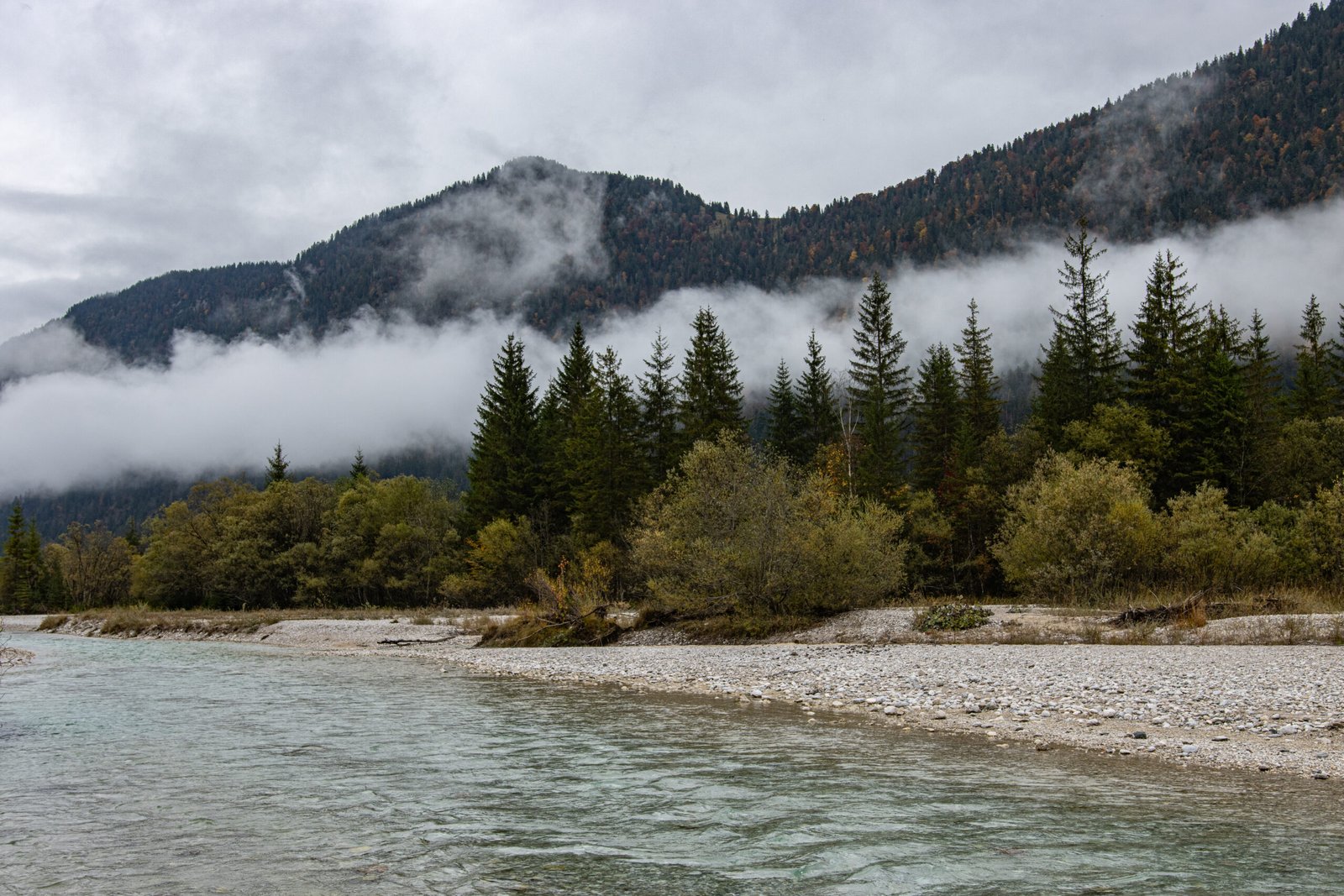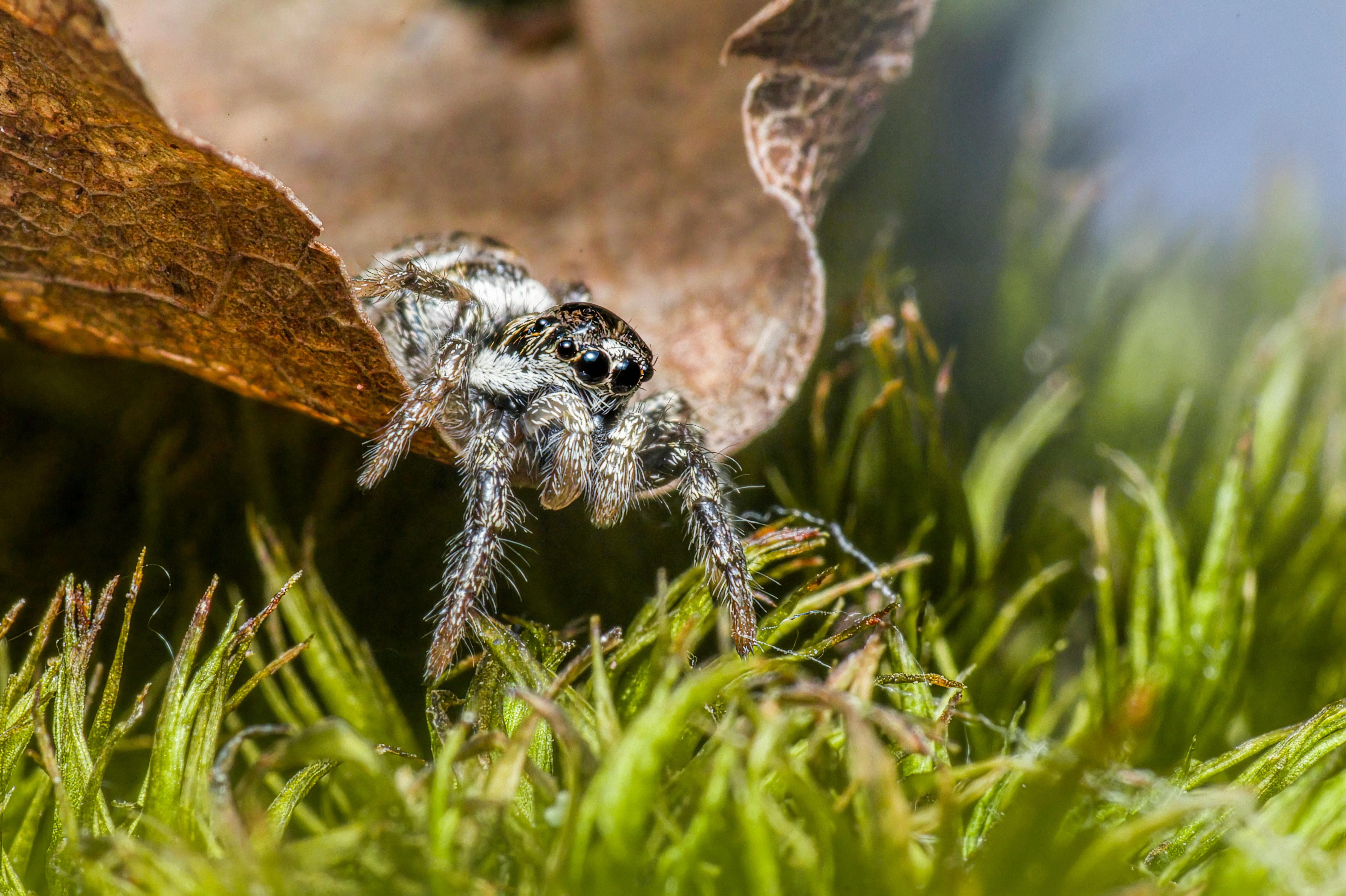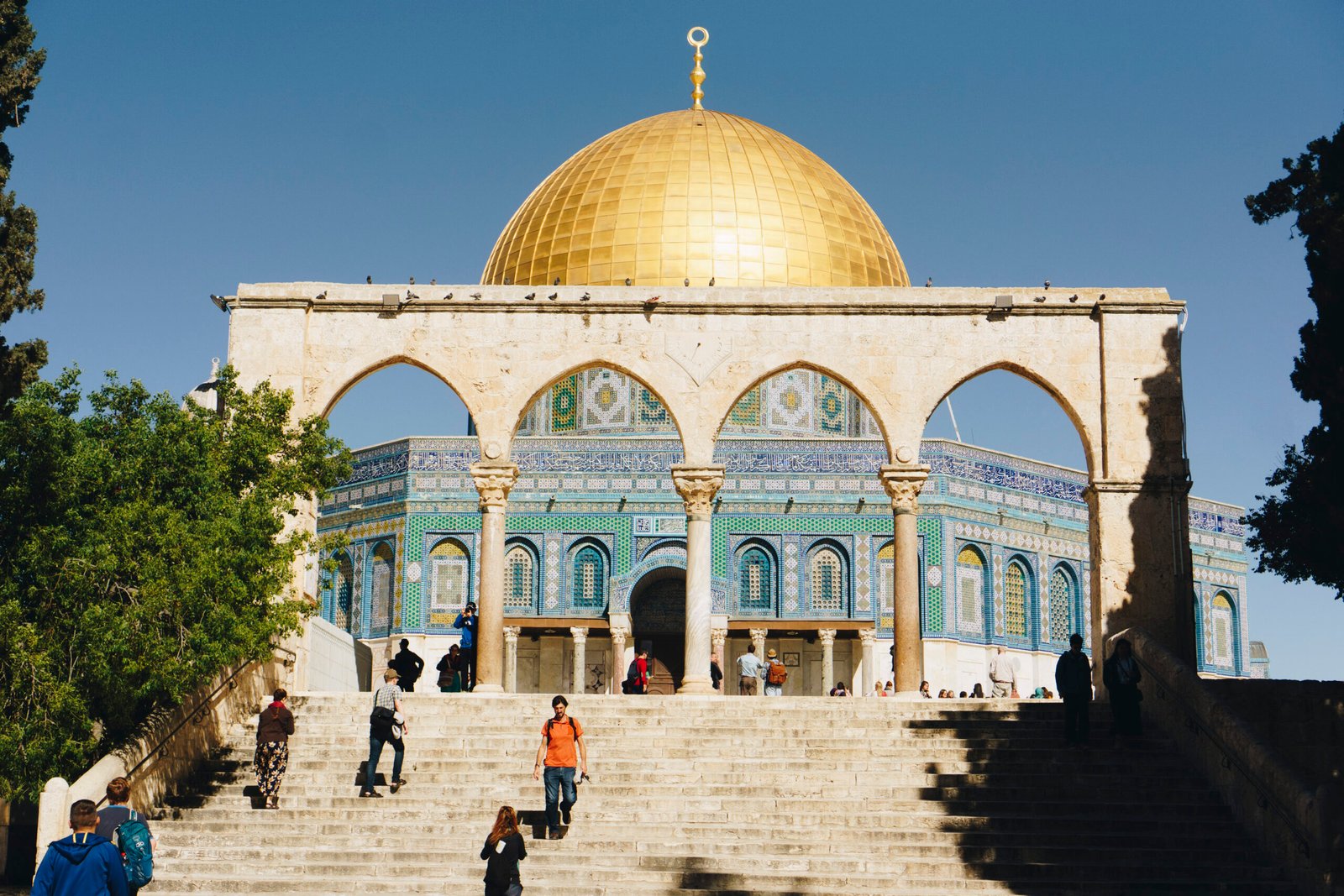
St. Paul, Alaska
Have you ever heard of St. Paul, Alaska? It’s a small and captivating city located in the heart of Alaska, surrounded by breathtaking natural beauty. Situated amongst the wilderness, St. Paul offers a unique and immersive experience that allows you to truly connect with nature. From stunning landscapes to the abundance of wildlife, this hidden gem is a must-visit for those seeking an off-the-beaten-path adventure. So, let’s take a closer look at this fascinating city and discover all that St. Paul, Alaska has to offer.

Location
St. Paul, Alaska is a small island located in the Bering Sea, about 300 miles off the coast of mainland Alaska. Its geographical coordinates are approximately 57.12° N latitude and 170.18° W longitude. The island is part of the Pribilof Islands, a group of four islands in the Bering Sea. St. Paul Island is surrounded by the vastness of the ocean, offering breathtaking views and a unique sense of isolation.
History
Native Inhabitation
For thousands of years, the Pribilof Islands, including St. Paul Island, have been inhabited by the indigenous Aleut people. They have a rich cultural heritage and have relied on the abundant marine resources of the surrounding waters for their livelihoods. The Aleut people have a deep connection to the land and sea, and their traditional practices and way of life continue to shape the identity of St. Paul Island.
Russian Influence
In the 18th century, Russian fur traders arrived in the Pribilof Islands and claimed them as part of the Russian Empire. The Aleut people were subjected to forced labor and suffered greatly under Russian rule. The fur trade brought significant wealth to the Russian empire, and the Pribilof Islands played a pivotal role in supplying fur pelts. This period of Russian influence left a lasting impact on the cultural and social fabric of St. Paul Island.
American Settlement
In 1867, as part of the Alaska Purchase, the Pribilof Islands, including St. Paul Island, were sold to the United States. American settlement began, and the island became a hub for industries such as commercial fishing and sealing. The native Aleut population faced challenges during this time of transition, including the loss of traditional lands and the decline of their traditional way of life. However, St. Paul Island continued to flourish as a vibrant community.
Demographics
Population
St. Paul Island has a small and close-knit community, with a population of approximately 500 residents. The population has remained relatively stable over the years, with a mix of Aleut people, descendants of Russian settlers, and other ethnic groups.
Ethnicity
The majority of St. Paul Island’s population identifies as Aleut, reflecting the island’s indigenous heritage. Aleut culture and traditions are an integral part of daily life on the island, and the community takes pride in preserving their cultural identity. Additionally, there is a small population of individuals with Russian and other ethnic backgrounds, contributing to the diverse fabric of St. Paul Island.
Languages Spoken
English is the primary language spoken on St. Paul Island, reflecting the influence of American settlement. However, the Aleut language, known as Unangam Tunuu, is still spoken by some residents and efforts are being made to revitalize and preserve this indigenous language. Bilingual education programs and cultural initiatives help promote the continued use of the Aleut language within the community.
Climate
Temperature
St. Paul Island experiences a maritime subarctic climate, characterized by cool summers and cold, windy winters. The average summer temperatures range from 40 to 55°F (4 to 13°C), offering mild and pleasant weather for outdoor activities. Winters, on the other hand, can be quite harsh, with temperatures dropping to around 10 to 30°F (-12 to -1°C). The island’s coastal location exposes it to strong winds, which can make the temperature feel even colder.
Precipitation
St. Paul Island receives a moderate amount of precipitation throughout the year, with rain and snowfall being common. The annual precipitation averages around 30 inches (76 cm), with the highest amounts occurring during the winter months. The island’s proximity to the Bering Sea results in a relatively high humidity, which can contribute to a damp and chilly feel in the air.
Seasonal Changes
St. Paul Island experiences distinct seasonal changes, with each season offering its unique charm. Spring brings the gradual thawing of the frozen landscape, leading to the blooming of vibrant wildflowers. Summers are characterized by longer daylight hours, allowing for exploration of the island’s pristine coastal areas. Fall transforms the scenery with stunning displays of colorful foliage, while winter blankets the island in a serene layer of snow, providing opportunities for winter sports and wildlife viewing.

Economy
Primary Industries
The economy of St. Paul Island is primarily based on commercial fishing and seafood processing. The island’s geographic location in the Bering Sea provides access to abundant fishing grounds, making it a vital hub for the seafood industry. Species such as crab, cod, and pollock are harvested, contributing to the local economy and providing employment opportunities for residents.
Tourism
Tourism plays a significant role in St. Paul Island’s economy, as visitors are drawn to the island’s natural beauty, rich cultural heritage, and unique wildlife. The island offers breathtaking scenery, with opportunities for birdwatching, beachcombing, and exploring the rugged coastline. Tourists can also immerse themselves in Aleut culture through cultural tours, storytelling sessions, and traditional craft workshops.
Employment
The primary sources of employment on St. Paul Island are in the fishing and seafood processing industries. Many residents work directly in these sectors, contributing to the island’s economic resilience. Additionally, there are opportunities in the tourism industry, education, healthcare, and local government. The island community values self-sufficiency and actively encourages entrepreneurship and small business development.
Transportation
Air Travel
St. Paul Island is served by a small airport, offering regular flights to and from mainland Alaska. Alaska Airlines operates regular flights, providing a vital connection to the outside world. The airport enables residents and visitors to access essential services, transport goods, and facilitates tourism.
Sea Travel
Sea travel to St. Paul Island is primarily facilitated through cargo and supply ships. These ships transport goods, equipment, and supplies to support the local fishing industry and the needs of the community. However, passenger ferries are not available, and most visitors choose to reach the island by air travel.

Attractions
Pribilof Islands
The Pribilof Islands, including St. Paul Island, are a paradise for nature enthusiasts. The islands are home to a diverse range of wildlife, including seals, sea lions, whales, and numerous species of birds. Visitors can embark on wildlife tours and witness enchanting scenes of marine life in their natural habitats. The pristine beaches, rocky cliffs, and sweeping landscapes of the Pribilof Islands offer a truly awe-inspiring experience.
St. Paul Island Tours
Guided tours of St. Paul Island provide visitors with a chance to explore the island’s rich history, cultural heritage, and natural wonders. Knowledgeable local guides lead tours to significant historical sites, such as old Russian cottages and remnants of the Aleut way of life. Visitors can also witness breathtaking coastal vistas, visit seabird rookeries, and learn about the island’s unique ecosystems.
Alaska Maritime National Wildlife Refuge
St. Paul Island is part of the Alaska Maritime National Wildlife Refuge, a vast conservation area spanning over 2,500 islands, rocks, and reefs. The refuge is home to a diverse array of wildlife, including puffins, foxes, and fur seals. Visitors can engage in birdwatching, take guided hikes, and learn about the important conservation efforts taking place in the region. The refuge offers a chance to appreciate the untouched beauty of nature and gain a deeper understanding of the fragile ecosystems.
Education
Schools
St. Paul Island is home to a local school that provides education to the island’s children. The school offers a comprehensive academic curriculum, with a focus on cultural preservation and promoting awareness of the island’s unique heritage. Dedicated teachers work closely with the community to ensure that students receive a well-rounded education that values both academic knowledge and cultural understanding.
Educational Opportunities
St. Paul Island recognizes the importance of providing educational opportunities beyond the school system. The island offers workshops, cultural programs, and guest lectures that allow residents to deepen their knowledge and skills. These initiatives aim to empower individuals to pursue higher education, gain vocational training, or develop expertise in areas relevant to the island’s economy, such as fisheries management and environmental stewardship.
Healthcare
Medical Facilities
St. Paul Island has a small medical clinic that provides essential healthcare services to the community. The clinic is staffed by dedicated healthcare professionals who cater to the medical needs of residents, including preventive care, urgent care, and minor surgeries. In case of more severe medical issues, patients may need to be flown to mainland Alaska for specialized treatment.
Health Services
The healthcare services on St. Paul Island focus on promoting the overall well-being of residents. In addition to medical care, the clinic offers wellness programs, health education, and disease prevention initiatives. The community actively engages in promoting a healthy lifestyle, emphasizing physical fitness, and fostering mental well-being. Regular health screenings and vaccination campaigns are also conducted to ensure the health and safety of the population.
Culture and Community
Traditional Native Culture
The Aleut people’s traditional culture and traditions are deeply ingrained in the fabric of St. Paul Island. Residents take pride in preserving their native heritage and passing it on to future generations. Traditional dances, art, and storytelling are celebrated, and community members actively participate in cultural events. The island serves as a hub for connecting with Aleut traditions, fostering a sense of belonging and identity among the residents.
Festivals and Events
St. Paul Island hosts numerous festivals and events that bring the community together and showcase the island’s cultural richness. The Aleutian Pribilof Islands Association organizes an annual Aleut Youth Conference, providing opportunities for youth to learn about their cultural heritage and engage in activities that promote leadership and personal growth. The island also celebrates Russian Orthodox religious holidays, with vibrant ceremonies and traditional feasts.
Community Organizations
St. Paul Island is home to various community organizations that play a crucial role in fostering community spirit and addressing social needs. These organizations focus on youth development, cultural preservation, wildlife conservation, and supporting local businesses. The community actively engages in volunteer initiatives, ensuring the island’s vitality and creating a supportive environment for residents.
